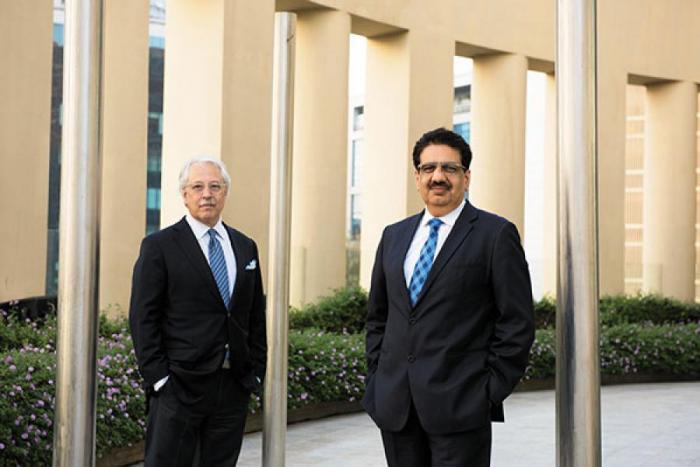'Disruptive innovation key to become world beaters'

With rapid growth, india’s $2 trillion economy can quintuple to $10 trillion in the next 10 years, say Vineet Nayar, founder, Sampark Foundation, and management expert Gary Hamel. They, however, believe that this will bring multiple challenges. In an interview to Samar Srivastava, Nayar and Hamel pinpoint areas where India Inc needs to focus. Excerpts:
Q. You argue that India Inc’s present operating structure is not conducive to a rapidly globalising world. Should it radically change the way in which it is organised?
Nayar: The challenge is not unique to India Inc, but it is uniquely important if it wants to meet its growth aspirations. If I look at it from the corporate sector [point of view], the $10 trillion goal has two critical aspects: First, start with world-beating aspirations—you have to work on problems that will change the world and you have to see your company at the forefront of that. You have to dream the 10x dream. Part of our goal is to raise aspirations and [another] part is to raise capabilities.
Q. Have you seen anyone take that 10x leap?
Nayar: The answer is no if you look at the last 10 years. But you will see a lot of companies that have created $5 billion of market cap in the last five years. You see disruptors like Sun Pharma doing a Ranbaxy acquisition and becoming twice the size they were. A combination of disruptive acquisitions and new gen companies are making India Inc realise that it needs to increase its aspirations.
Hamel: None of the world-beating companies across the globe started with a resource advantage. And so making the 10x leap requires that creative mindset that asks: ‘How do I challenge that industry dogma?’.
Q. Why is innovation in India Inc broken?
Nayar: Today, India Inc is spending a lot of time on tackling cost inefficiency. That has a huge stock market gain, but very low impact in the world of business. There are three tiers where you can spend time on: Cost inefficiency, incremental innovation and disruptive innovation. Apple will spend time in disruptive innovation while India Inc is busy with cost inefficiency. So you need to redistribute your time and make decisions to ensure disruptive innovation. How do you create structures which will ensure that innovation takes place in the entire organisation? This leads to many innovations within an organisation.
Q. Which are the successful old economy companies that had a robust innovation pipeline?
Hamel: We did pioneering work at Shell by creating the world’s first internal innovation marketplace. Any employee who had an idea went through a peer review process and got $25,000 a month to test a hypothesis. That was two decades ago and I believe that is now the most profitable investment portfolio in Shell. At Whirlpool, 20,000 people were trained to be innovators, including unionised employees. They made innovation part of executive compensation. As a result, its share price is at an all-time high.
(This story appears in the 03 April, 2015 issue of Forbes India. You can buy our tablet version from Magzter.com. To visit our Archives, click here.)

